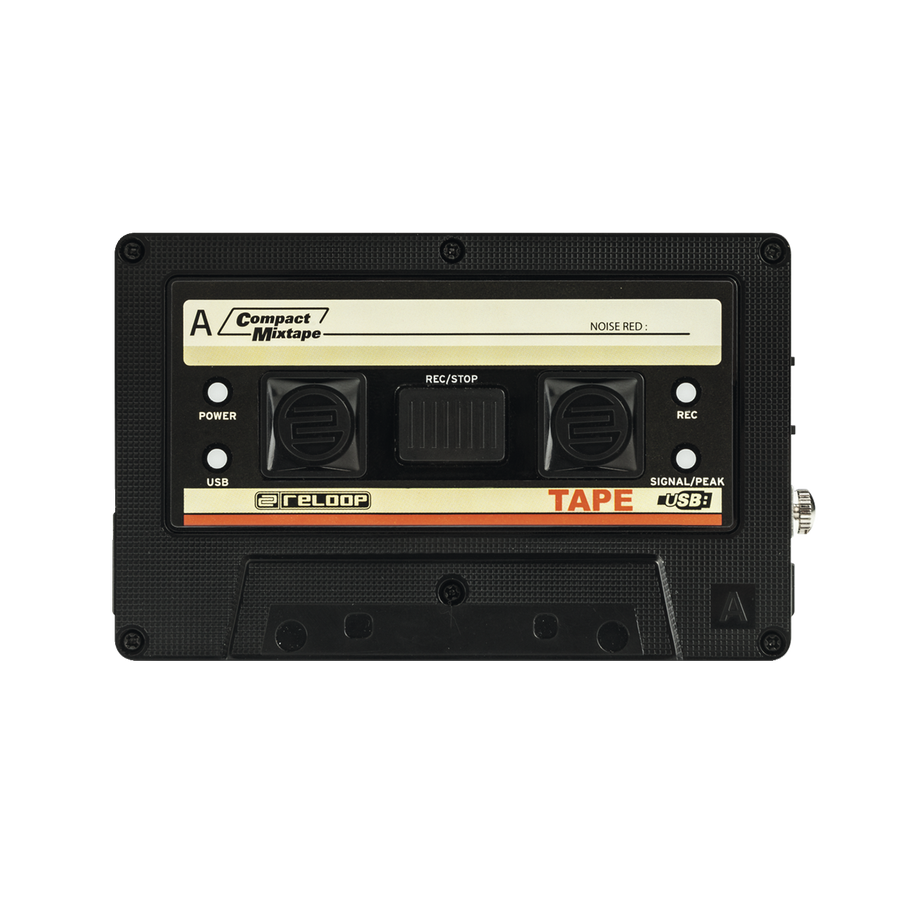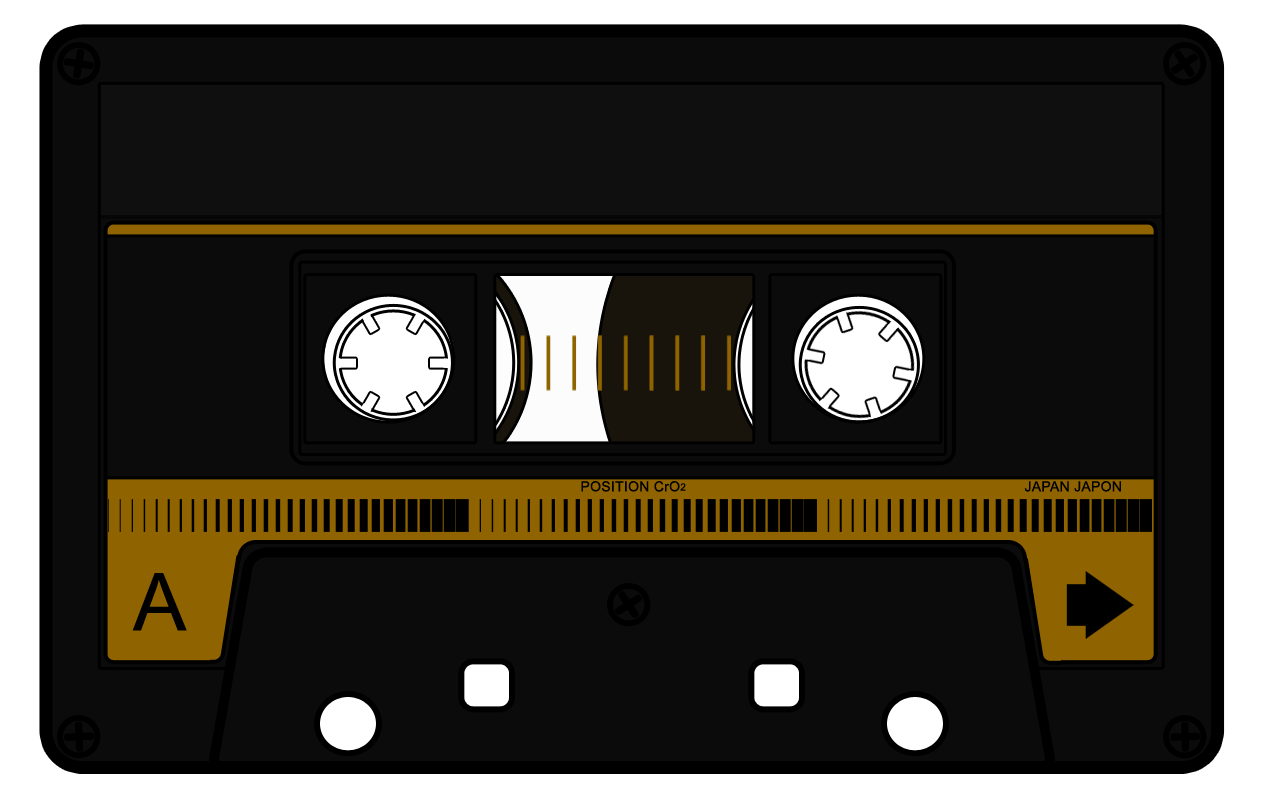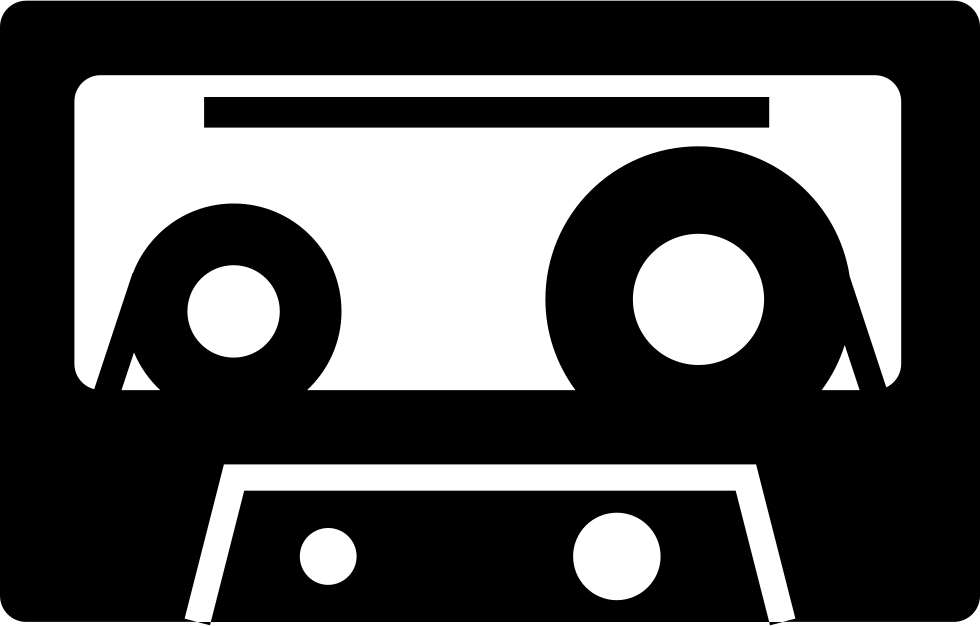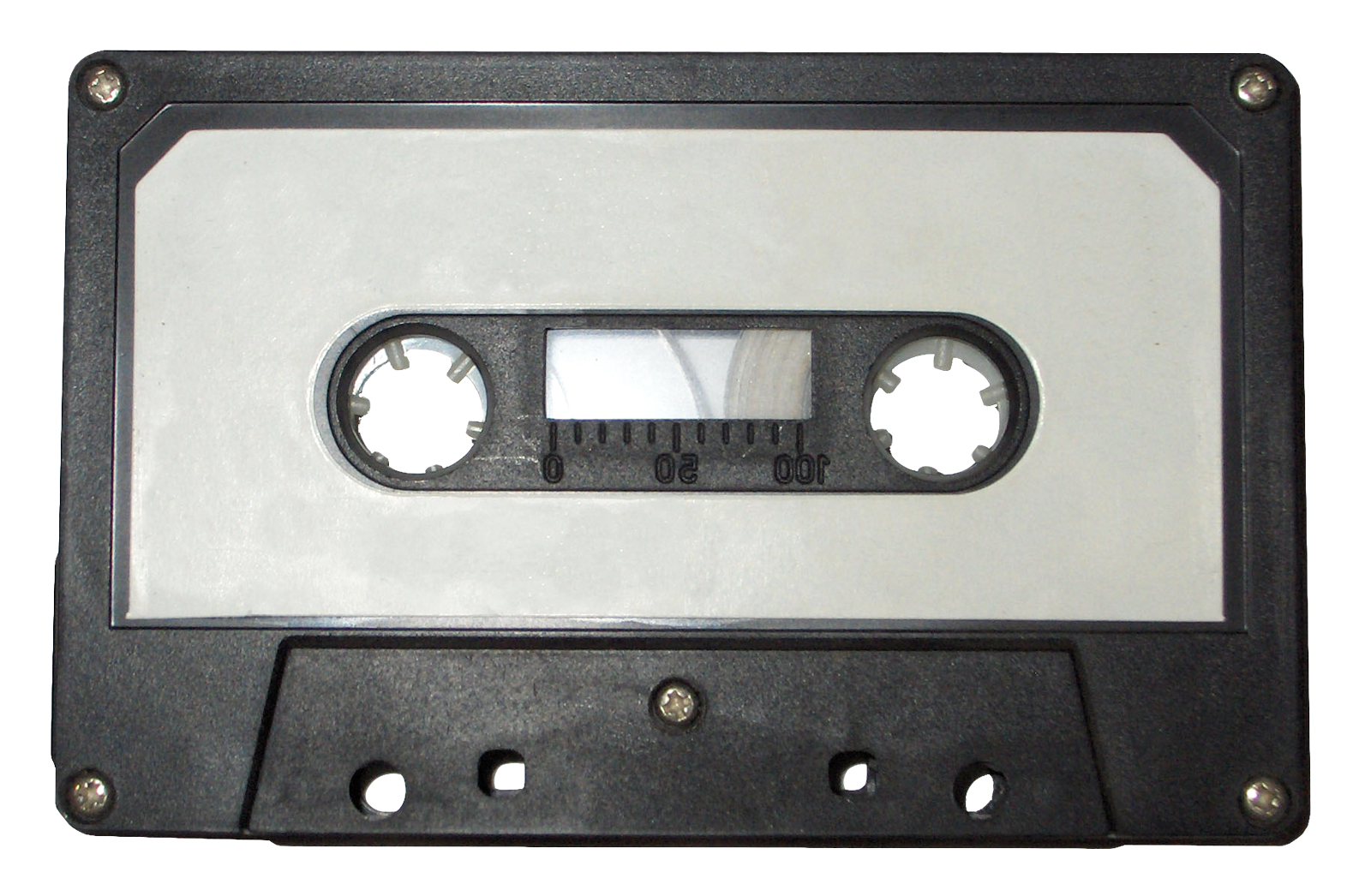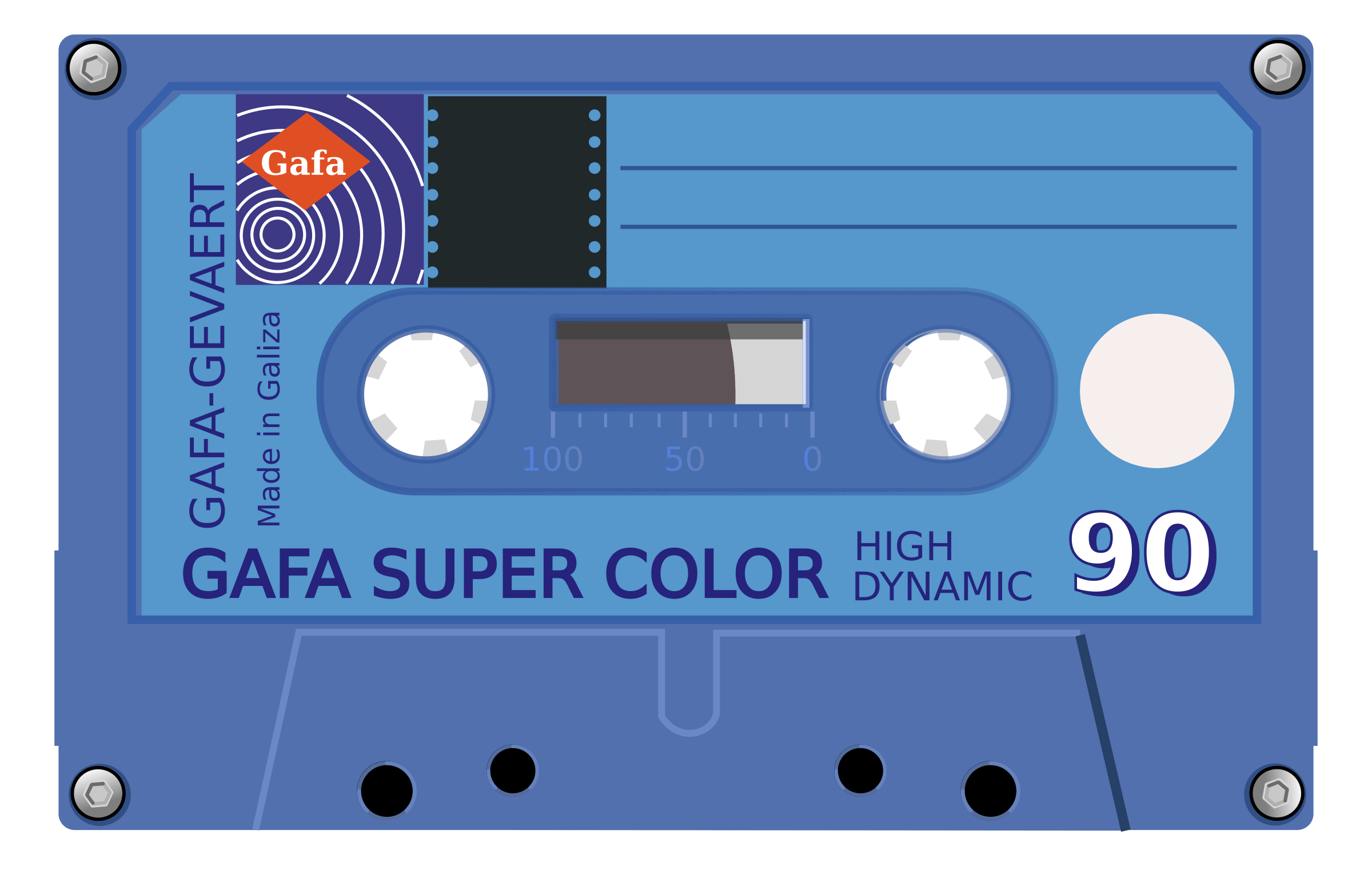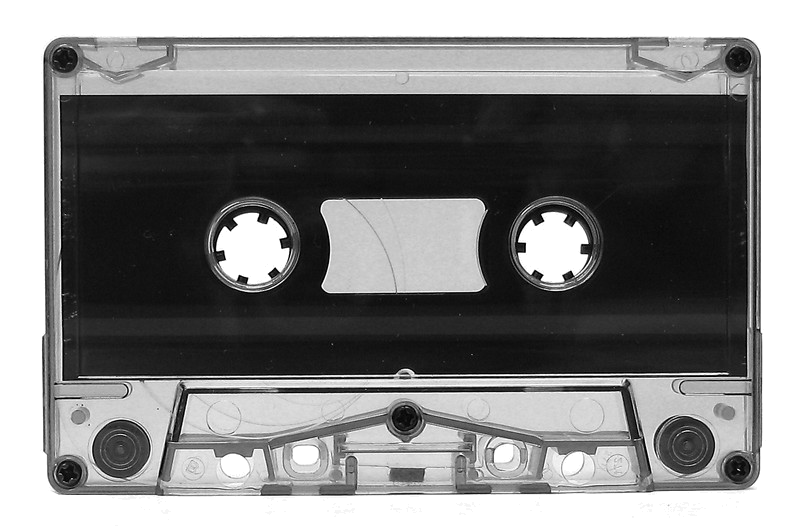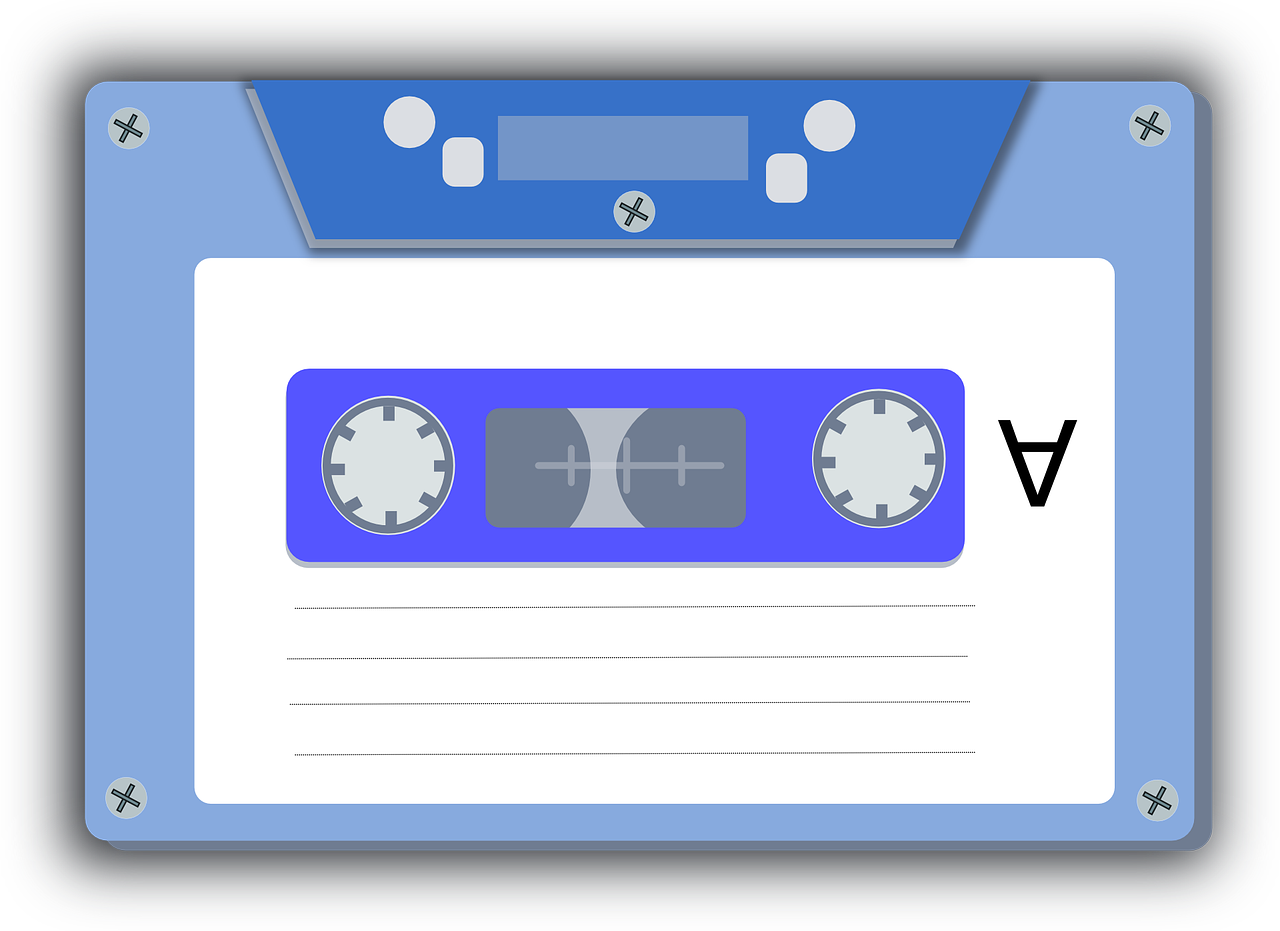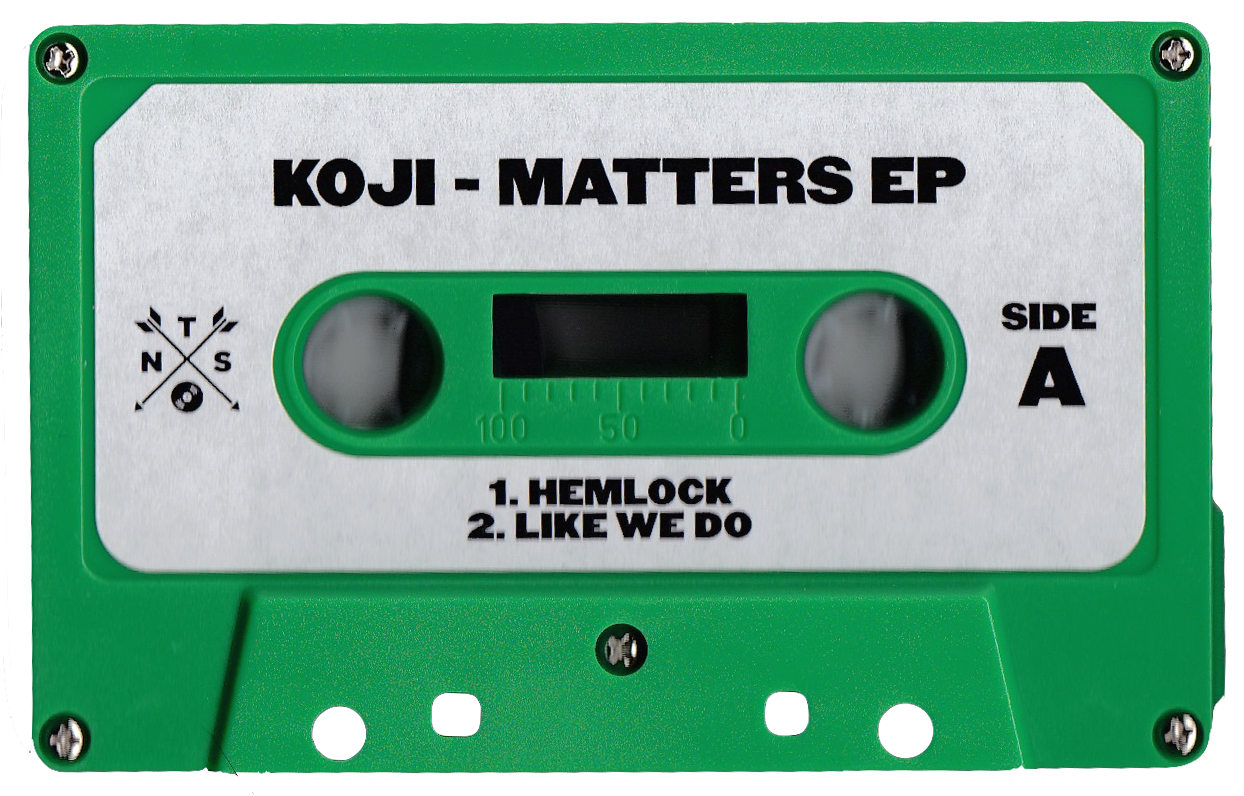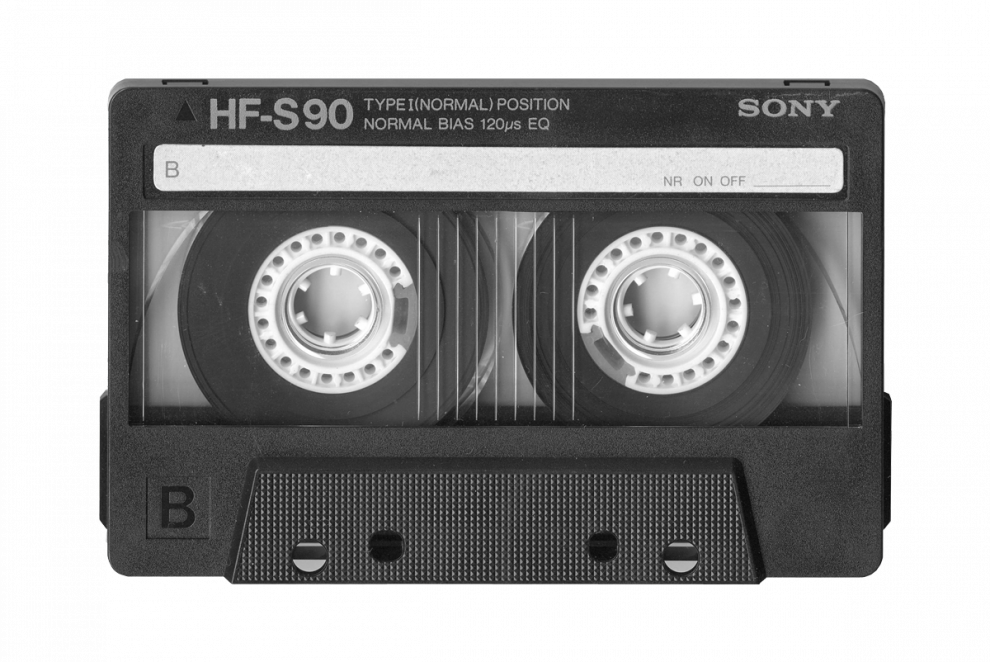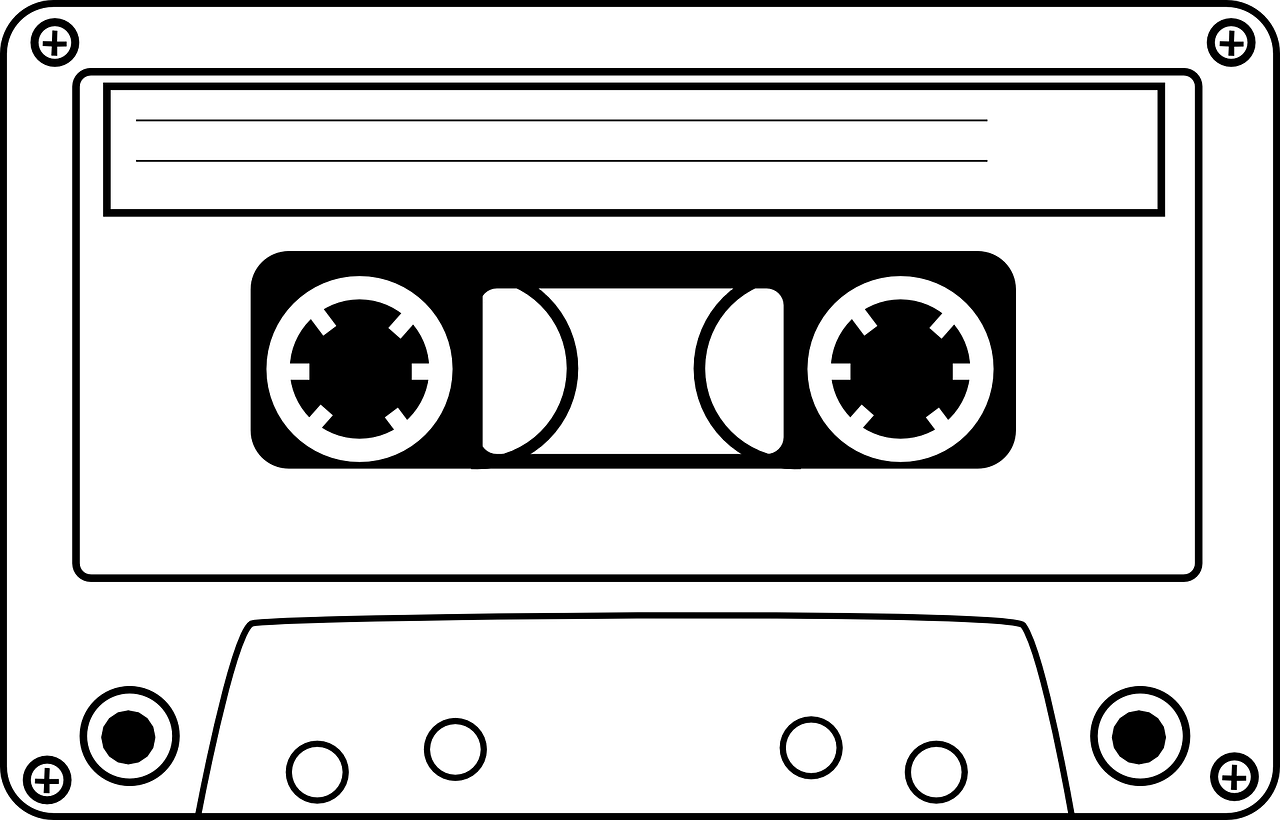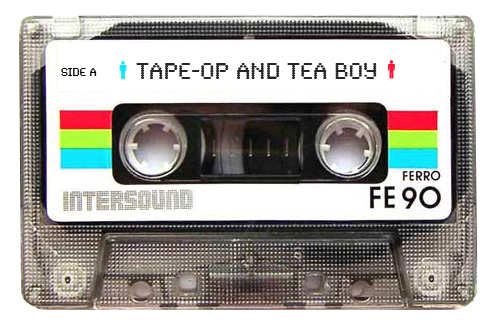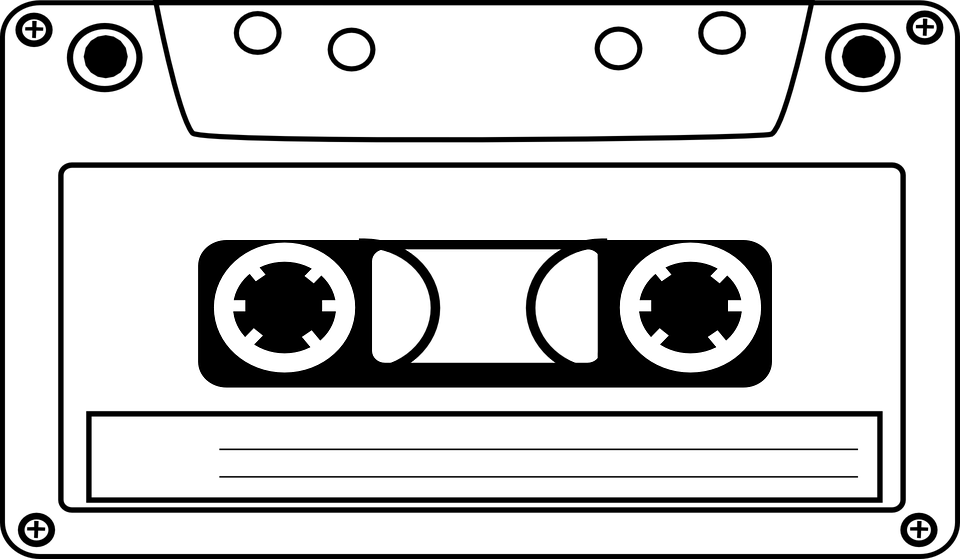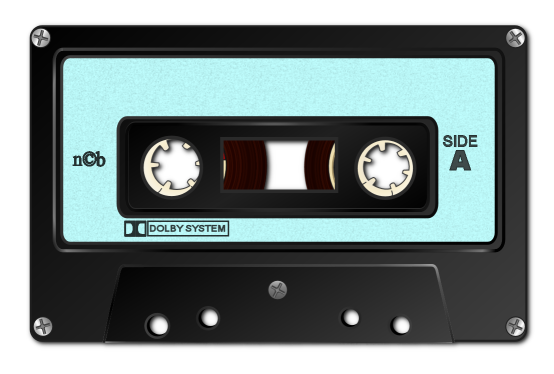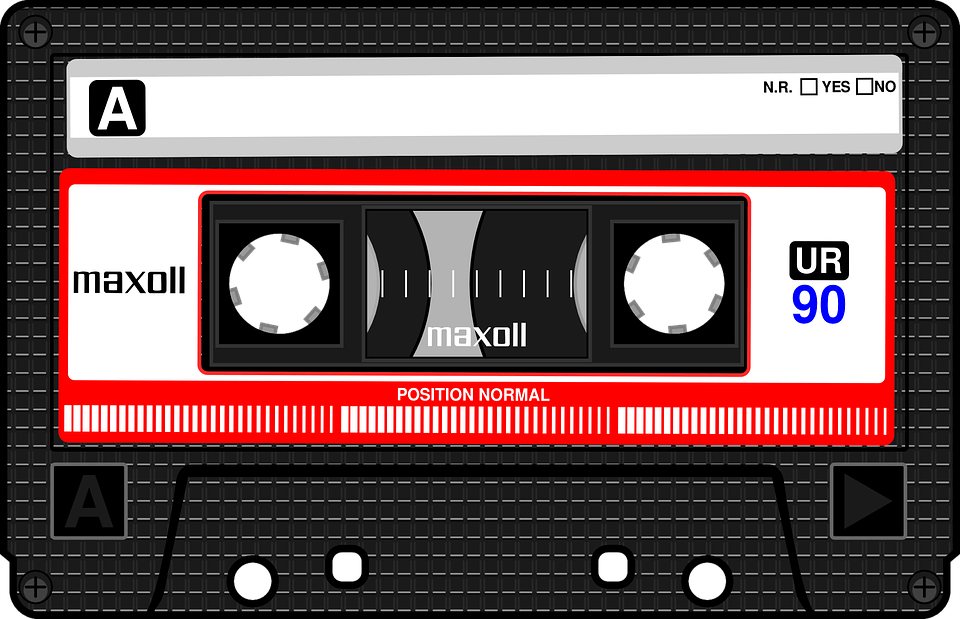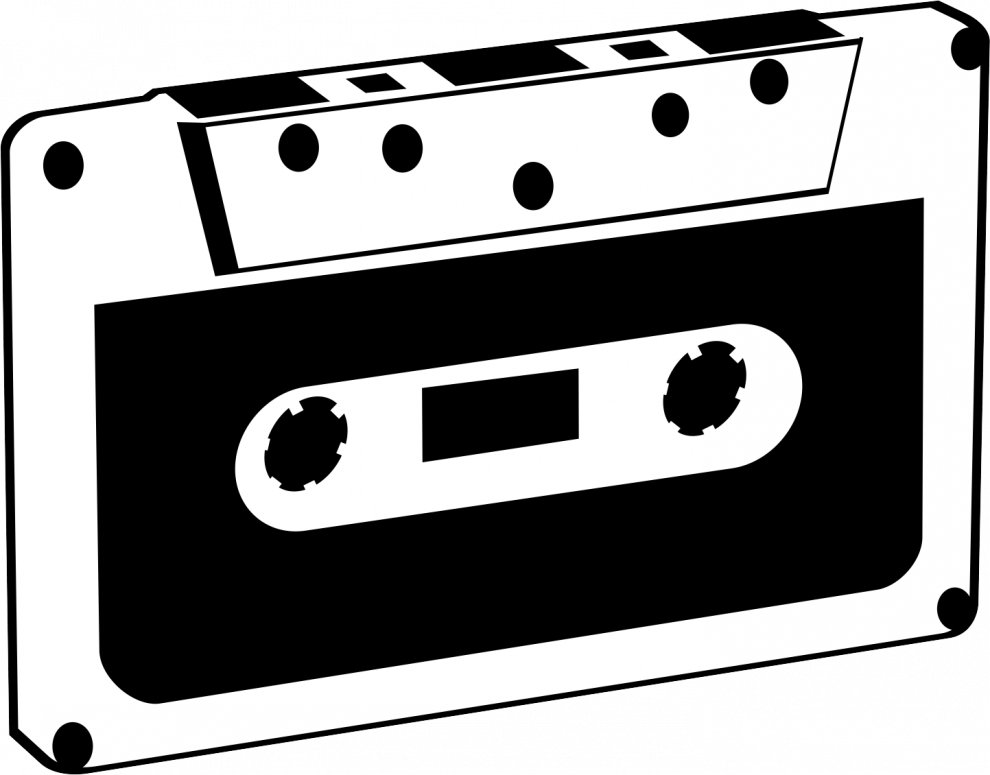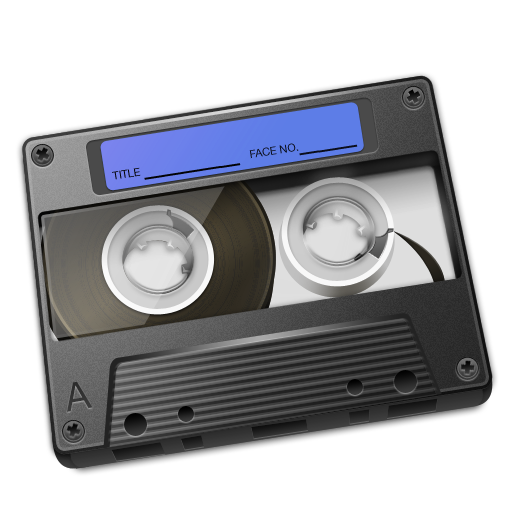Download top and best high-quality free Audio Cassette PNG Transparent Images backgrounds available in various sizes. To view the full PNG size resolution click on any of the below image thumbnail.
License Info: Creative Commons 4.0 BY-NC
The Compact Cassette or Musicassette (MC) is an analog magnetic tape recording format for audio recording and playback. It is also known as the tape cassette, cassette tape, audio cassette, or simply tape or cassette. It was created by Lou Ottens and his colleagues at the Royal Philips firm in Hasselt, Belgium. It debuted in September of 1963. Compact Cassettes exist in two varieties: prerecorded cassettes (Musicassettes) and completely recordable “blank” cassettes. Both shapes are reversible by the user and have two sides.
Originally created for dictation machines, the Compact Cassette has largely replaced the stereo 8-track cartridge and reel-to-reel tape recording in most non-professional applications due to increases in quality. It had a variety of applications, including portable audio, home recording, and data storage for early microcomputers. In 1968, the first cassette player (although mono) was produced for use in automobile dashboards. The cassette was one of the two most widespread formats for prerecorded music from the early 1970s until the mid-2000s, alongside the LP record and later the compact disc (CD).
The magnetically coated polyester-type plastic film (magnetic tape) is passed and coiled between two small spools in Compact Cassettes. These spools and their accessories are protected by a protective plastic shell that measures 4 by 2.5 by 0.5 inches (10 cm 6.3 cm 1.3 cm) at its widest point.
These spools and their accessories are protected by a protective plastic shell that measures 4 by 2.5 by 0.5 inches (10 cm 6.3 cm 1.3 cm) at its widest point. The tape is usually referred to as “eighth-inch” tape since it is thought to be 18 inch (3.17 mm) wide, however it is actually 0.15 inch wide (3.81 mm). On the tape, there are two stereo pairs (four total) or two monaural audio tracks; one stereo pair or one monophonic track is played or recorded while the tape is traveling in one direction, and the other (pair) when the tape is travelling in the other way. This is accomplished either manually flipping the cassette or by reversing the tape movement (“auto-reverse”) when the device recognizes that the tape has reached the end.
The first reel-to-reel tape recorder, called “Magnetophon” by AEG, was launched in 1935. It was based on Fritz Pfleumer’s development of the magnetic tape in 1928. Because these devices were both expensive and difficult to operate, they were mostly employed by experts at radio stations and recording studios.
After WWII, magnetic tape recording technology became widely used all over the world. Ampex commenced commercial manufacturing of tape recorders in the United States, utilizing equipment bought in Germany as a starting point. Tape recorders were first employed in studios to record radio shows, but they rapidly made their way into classrooms and households. Tape machines were in 1 million homes in the United States by 1953.
RCA Victor released the stereo quarter-inch, reversible, reel-to-reel RCA tape cartridge in 1958, after four years of research. There were few pre-recorded tapes available, and the cartridge was huge (5 7 in, or 13 20 cm). Despite the several revisions, it was a failure.
Magnetic tape machines were popular among consumers in the early 1960s, when playback devices were designed to be comfortable and user-friendly. The invention of transistors, which replaced the large, fragile, and expensive vacuum tubes of older systems, facilitated this. Reel-to-reel tape became increasingly accessible to the general public, but it remained a niche product.
Download Audio Cassette PNG images transparent gallery.
- Audio Cassette PNG HD Image
Resolution: 900 × 900
Size: 514 KB
Image Format: .png
Download
- Audio Cassette PNG Image File
Resolution: 1280 × 800
Size: 60 KB
Image Format: .png
Download
- Audio Cassette PNG Image HD
Resolution: 512 × 512
Size: 8 KB
Image Format: .png
Download
- Audio Cassette PNG Image
Resolution: 980 × 626
Size: 31 KB
Image Format: .png
Download
- Audio Cassette PNG Images HD
Resolution: 1600 × 1046
Size: 1987 KB
Image Format: .png
Download
- Audio Cassette PNG Images
Resolution: 2400 × 1522
Size: 95 KB
Image Format: .png
Download
- Audio Cassette PNG Photo
Resolution: 800 × 526
Size: 209 KB
Image Format: .png
Download
- Audio Cassette PNG Photos
Resolution: 512 × 512
Size: 26 KB
Image Format: .png
Download
- Audio Cassette PNG Pic
Resolution: 1280 × 931
Size: 198 KB
Image Format: .png
Download
- Audio Cassette PNG Picture
Resolution: 1244 × 796
Size: 1441 KB
Image Format: .png
Download
- Audio Cassette PNG
Resolution: 990 × 662
Size: 471 KB
Image Format: .png
Download
- Audio Cassette Transparent
Resolution: 512 × 512
Size: 23 KB
Image Format: .png
Download
- Audio Cassette
Resolution: 1280 × 820
Size: 73 KB
Image Format: .png
Download
- Audio Cassette Background PNG
Resolution: 495 × 335
Size: 215 KB
Image Format: .png
Download
- Audio Cassette No Background
Resolution: 512 × 512
Size: 21 KB
Image Format: .png
Download
- Audio Cassette PNG Background
Resolution: 960 × 559
Size: 40 KB
Image Format: .png
Download
- Audio Cassette PNG Clipart
Resolution: 554 × 374
Size: 104 KB
Image Format: .png
Download
- Audio Cassette PNG Cutout
Resolution: 960 × 619
Size: 57 KB
Image Format: .png
Download
- Audio Cassette PNG File
Resolution: 990 × 775
Size: 225 KB
Image Format: .png
Download
- Audio Cassette PNG Free Image
Resolution: 512 × 512
Size: 158 KB
Image Format: .png
Download
